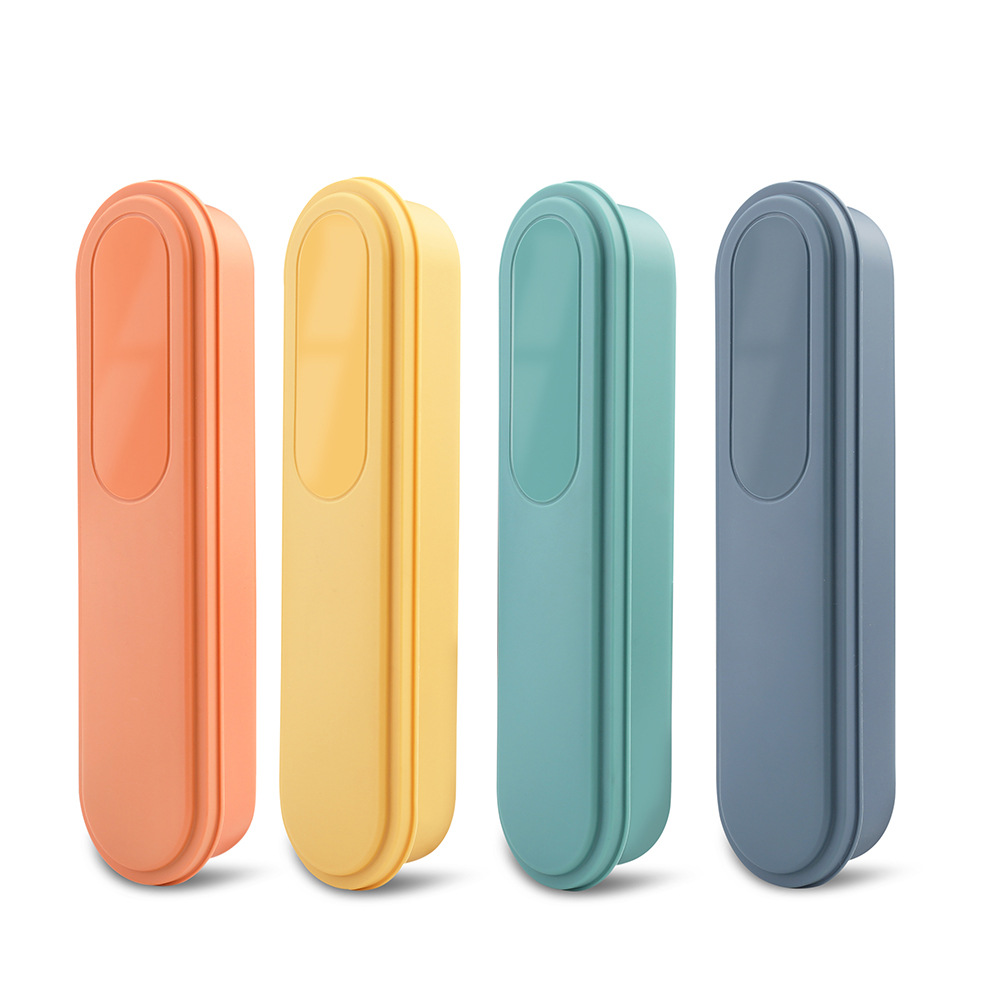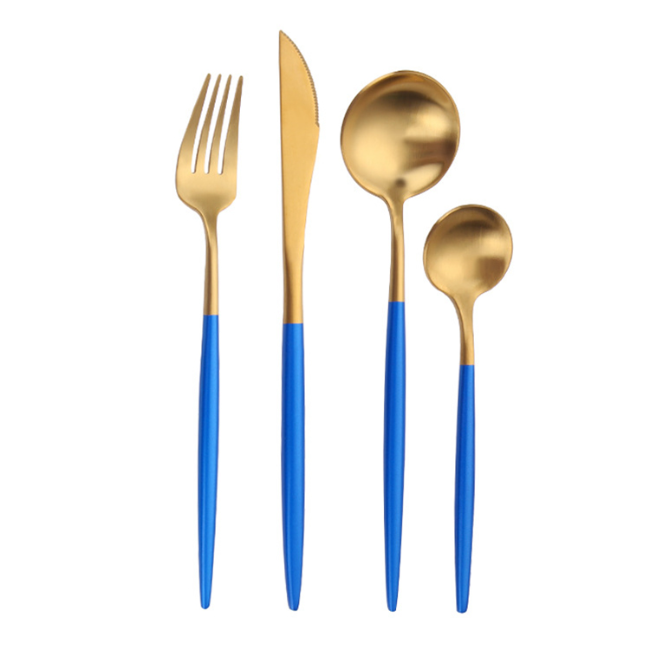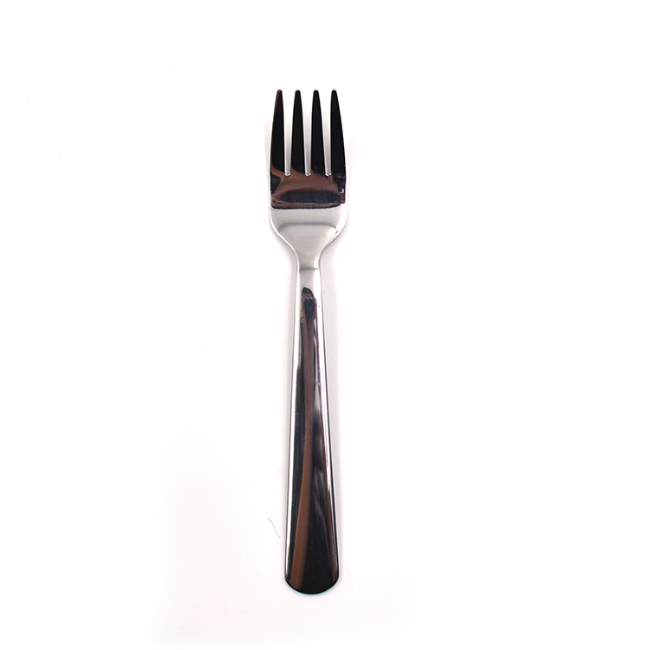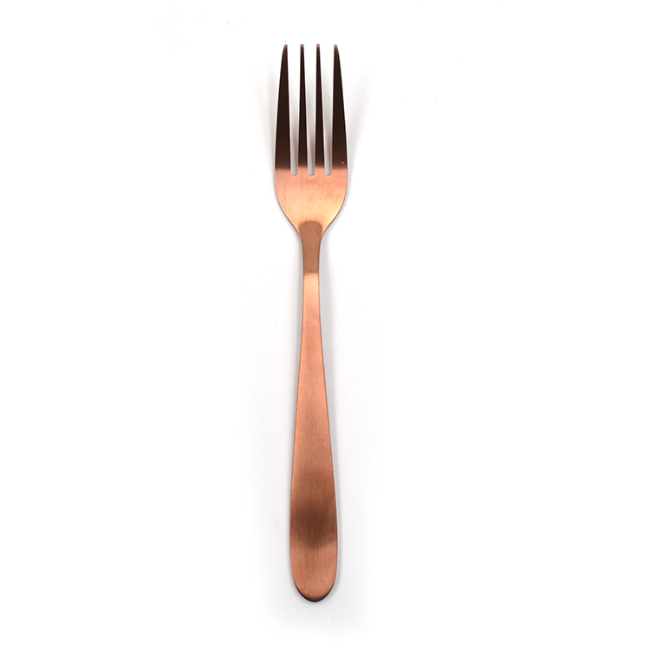
02 May
How to Set Cutlery After Eating
How to Set Cutlery After EatingTable eti...
How to Set Cutlery After Eating
Table etiquette is an integral part of fine dining, professional gatherings, and cultural expression. One of the most understated but meaningful gestures at the table is how one places their cutlery after eating. This small act conveys your satisfaction with the meal and signals to servers whether you’re finished or still enjoying your dish. Understanding this etiquette not only shows respect but also enhances your dining experience.
The traditional rule in Western dining is to place your knife and fork parallel on the plate at the 4 o'clock position when finished. This is universally recognized as a sign that you are done eating. Conversely, placing the utensils at angles—such as the fork at 8 o'clock and the knife at 4 o'clock—indicates that you are pausing but not finished. These customs help avoid miscommunication, especially in formal restaurants and catered events where waitstaff is trained to interpret these signals.
The importance of correct cutlery placement extends beyond etiquette; it’s also a matter of cleanliness and safety. Leaving your utensils hanging off the edge of your plate or resting them on the tablecloth can be considered unhygienic or messy. It may also lead to stains on the fabric or even cause cutlery to fall.
Dining customs can differ across countries. For instance, in France, the fork is placed with tines down and the knife blade inward. In contrast, in the UK and US, the tines are often left upward. In corporate cafeterias and institutional settings, you may notice signs stating all cutlery is to remain in the cafeteria to prevent loss or cross-contamination, further emphasizing the importance of proper handling.
At establishments like Homefelt, which supplies stainless steel cutlery globally, these nuances are carefully considered in product design. Ergonomic handles, balanced weight, and clear usage orientation are all part of the design process. Whether you're using a denby cutlery set for a formal dinner or practical everyday utensils, the design plays a role in reinforcing etiquette.
Even in fast-food environments like McDonald's France cutlery, disposable options have begun reflecting etiquette norms, with pre-arranged trays or specially molded cutlery compartments. As sustainability becomes a global focus, reusable sets are gaining popularity, making proper usage and maintenance more relevant than ever.
It's not just in restaurants—personal events, weddings, and even business luncheons require adherence to cutlery etiquette. Doing so not only reflects your manners but also supports the professional image of the host or organizer.
At Homefelt, a factory with over three decades of experience, the emphasis on quality and design ensures that every piece of cutlery not only performs well but also aligns with international dining etiquette. Whether supplying hotels, caterers, or private labels, Homefelt offers tailored solutions to meet diverse dining traditions while maintaining consistent quality.
In summary, learning how to set your cutlery after a meal is a small gesture with significant meaning. It bridges communication, upholds hygiene, and reflects respect for culinary service. Choose quality utensils from Homefelt, and you’ll have the right tools for both functional use and proper etiquette every time you dine.





